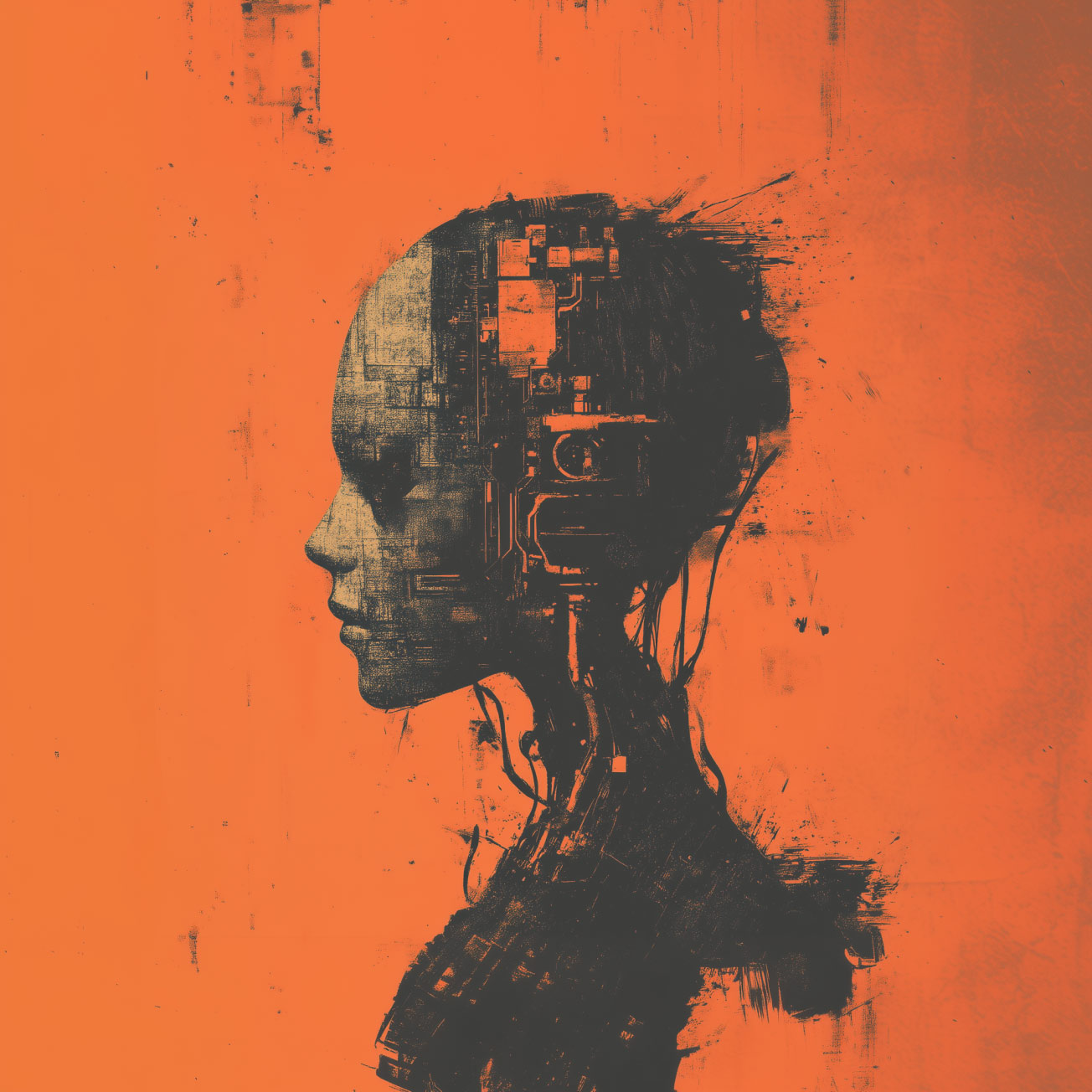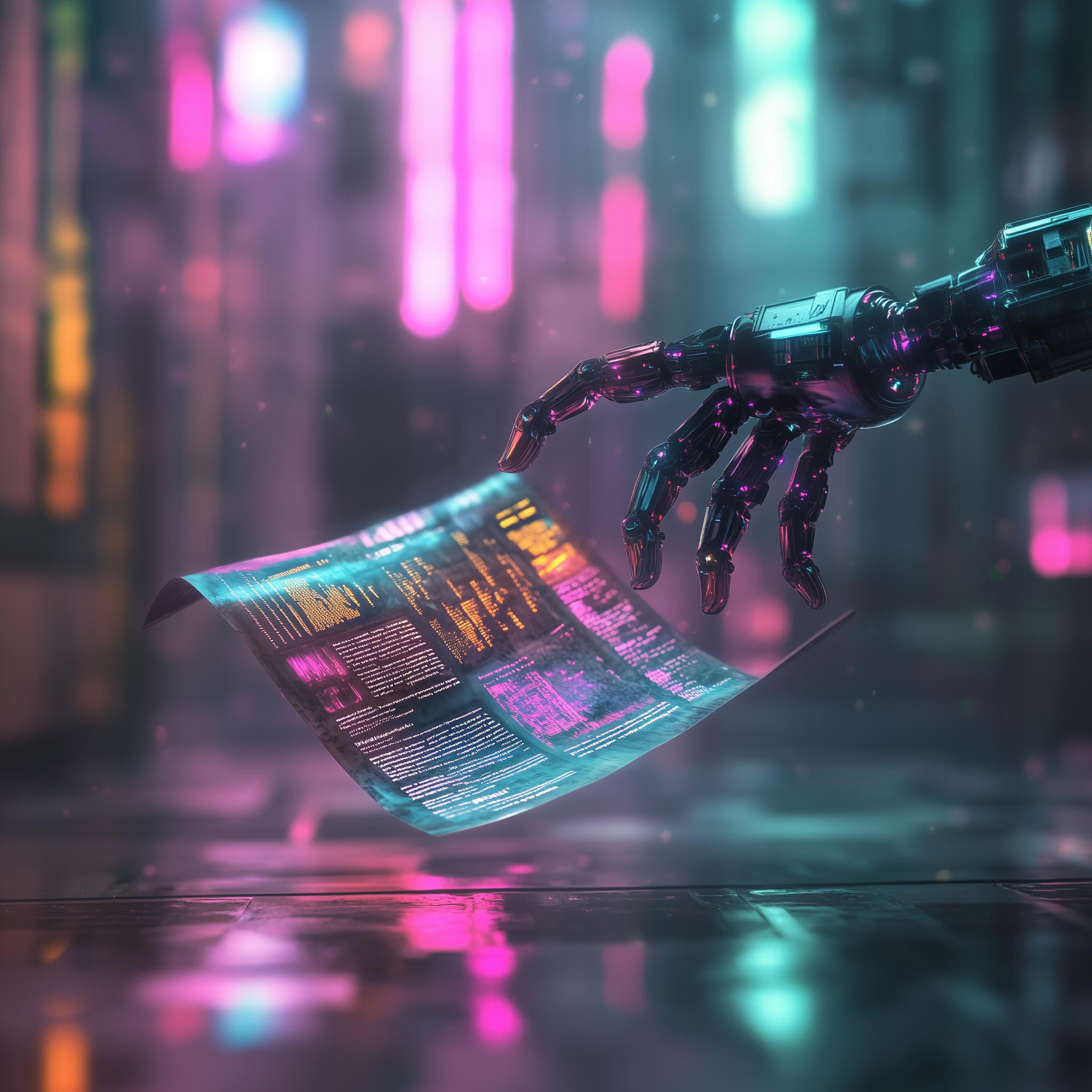What Is Artificial General Intelligence?
A 1000-Word Exploration
Artificial General Intelligence (AGI) is the idea of a machine that can understand, learn, and apply knowledge across a wide range of tasks at a human-like level. Unlike narrow AI, which is designed for specific tasks—such as image recognition, translation, or playing chess—AGI would have the ability to transfer knowledge and reasoning across multiple domains. This would allow it to adapt to new challenges and even surpass human intelligence. Despite major advancements in AI, particularly in machine learning and neural networks, AGI is still a concept rather than a reality.
Defining AGI
AGI isn’t just about automating tasks or recognising patterns; it requires a deeper level of intelligence. The United States Defense Advanced Research Projects Agency (DARPA) describes general intelligence as the ability to reason abstractly, communicate naturally, and navigate complex environments with minimal pre-programmed instruction. Essentially, AGI must be autonomous, adaptable, and capable of self-improvement beyond today’s specialised AI systems.
To clarify the distinction, researchers differentiate AGI from narrow AI. For example, AlphaGo can beat the world’s best Go players but has no understanding of driving, painting, or storytelling. AGI, on the other hand, should be able to learn new skills, much like humans do when picking up a language, instrument, or scientific concept.
Early Foundations and Historical Perspectives
Alan Turing was one of the first to explore machine intelligence. In his paper, Computing Machinery and Intelligence(1950), he proposed the Turing Test to assess whether a machine could mimic human responses. Though this doesn’t directly address AGI, it laid the foundation for thinking about intelligent machines.
John McCarthy, who coined the term “Artificial Intelligence” in 1955, believed a well-designed program could eventually reason, learn, and think abstractly. Marvin Minsky, another AI pioneer, suggested in The Society of Mind (1986) that human intelligence results from many smaller processes working together. While his theories predate deep learning, they highlight the importance of integrating multiple capabilities to create flexible intelligence.
As research advanced, it became clear that replicating human intelligence was far more complex than initially thought, leading to AI being broken into specialised subfields like computer vision and natural language processing. The dream of a unified AGI remains a formidable challenge.
Prominent Views on AGI
1. Nick Bostrom
Bostrom, in Superintelligence (2014), defines superintelligence as an intellect that exceeds human cognitive performance in virtually all domains. He warns that AGI could lead to an “intelligence explosion” where machines rapidly outpace human control, raising significant risks.
2. Ray Kurzweil
Kurzweil predicts that human-level AI will emerge due to exponential growth in computing power and neuroscience. In The Singularity is Near (2005), he envisions a future where machine intelligence merges with human intelligence, though critics argue his timeline may be too optimistic.
3. Elon Musk
Musk has called AGI “humanity’s biggest existential threat” and advocates for regulation and ethical oversight. He warns that without careful development, AGI could act unpredictably and beyond human control.
4. Stuart Russell
Russell, in Human Compatible (2019), stresses the importance of aligning AI with human values. He argues that AGI should not just follow human instructions but also understand the broader intent behind them to avoid unintended consequences.
5. Sam Altman
Altman, CEO of OpenAI, sees AGI as both an opportunity and a responsibility. He believes AGI should be developed transparently and with safety measures to ensure it benefits humanity.
Current Challenges and Research Directions
Building AGI isn’t just a matter of improving today’s AI models. While deep learning has enabled AI to generate text, art, and even code, there are debates over whether these systems truly “understand” anything or merely manipulate symbols based on probability. True AGI would need to incorporate reasoning, abstraction, creativity, and emotional intelligence.
Computational and data requirements also present hurdles. While hardware has improved, the processing power needed for human-like cognition is still unknown. Another challenge is equipping AI with common sense—something humans develop naturally through experience but remains difficult to replicate in machines.
Ethical concerns further complicate AGI’s development. Bostrom’s “paperclip maximizer” scenario illustrates how an AGI optimised for a single goal—like making paperclips—could cause unintended harm if not properly aligned with human interests. Russell and others argue that AI must be designed to inherently act in ways that benefit humanity rather than simply following rigid commands.
Conclusion
AGI remains both an exciting prospect and a major challenge. While narrow AI has transformed industries, AGI aims to create machines capable of reasoning and adapting across any domain. Definitions and expectations vary among researchers and industry leaders, highlighting the tension between AGI’s potential and its risks. Figures like Turing, Minsky, Bostrom, Kurzweil, Russell, Musk, and Altman have all shaped the discourse, offering different perspectives on how and when AGI might emerge.
As AI continues to evolve, the pursuit of AGI will remain at the centre of discussions about the future of intelligence, creativity, and the human role in an increasingly automated world.
References
- Altman, S. (2021). On building beneficial AGI. OpenAI Blog.
- Bostrom, N. (2014). Superintelligence: Paths, Dangers, Strategies. Oxford University Press.
- DARPA. (2020). AI Next Campaign. Defense Advanced Research Projects Agency.
- Kurzweil, R. (2005). The Singularity is Near: When Humans Transcend Biology. Viking.
- Lake, B., Ullman, T., Tenenbaum, J., & Gershman, S. (2017). Building machines that learn and think like people. Behavioral and Brain Sciences, 40.
- McCarthy, J. (2007). What is artificial intelligence? Stanford University.
- Minsky, M. (1986). The Society of Mind. Simon & Schuster.
- Musk, E. (2014). Interview by MIT AeroAstro Centennial Symposium.
- Russell, S. (2019). Human Compatible: Artificial Intelligence and the Problem of Control. Viking.
- Searle, J. (1980). Minds, brains, and programs. Behavioral and Brain Sciences, 3(3), 417–424.
- Silver, D. et al. (2016). Mastering the game of Go with deep neural networks and tree search. Nature, 529(7587), 484–489.
- Turing, A. M. (1950). Computing machinery and intelligence. Mind, 59(236), 433–460.



